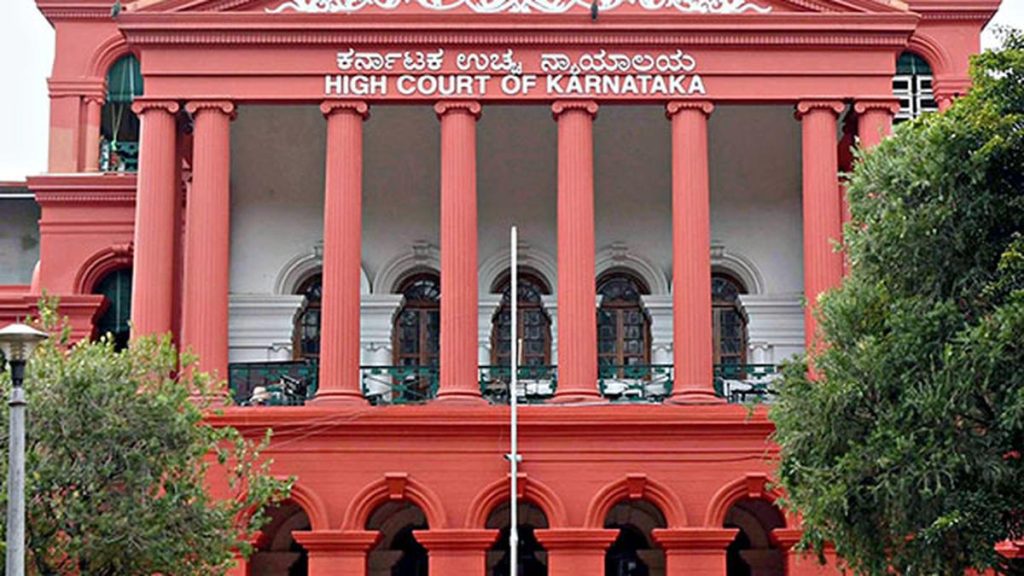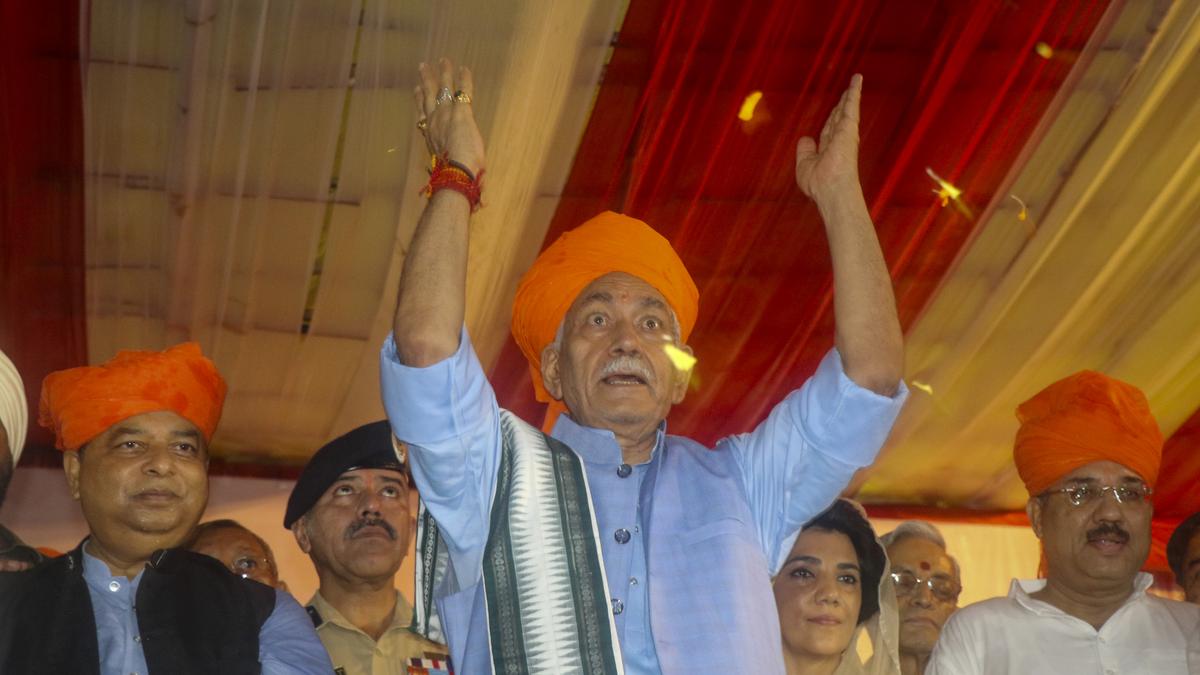Now Reading: Record Water Inflows Boost Hydel Power Generation at Jurala, Srisailam
-
01
Record Water Inflows Boost Hydel Power Generation at Jurala, Srisailam
Record Water Inflows Boost Hydel Power Generation at Jurala, Srisailam

Quick Summary
- Rainfall and Kharif Cultivation:
– Jurala and Srisailam projects in the Krishna Basin received high inflows during May-June, leading to early flooding.
– Uneven monsoon rainfall in Telangana has caused deficient or large deficient precipitation in 56% of the State’s mandals by June-end (257 mandals deficient, 218 highly deficient).
– Crop cultivation during kharif season fell short this year, with sowing across 43.48 lakh acres compared to last year’s figure of 46.95 lakh acres.
– Key crops cultivated: cotton (30.69 lakh acres), redgram (2.7 lakh acres), soybean (2.64 lakh acres), maize (2.48 lakh acres), and paddy transplanted (21.14 lakh acres).
- power Generation:
– High inflow benefited Telangana State Power Generation Corporation Ltd (TG-Genco) for hydel power generation at Jurala, Srisailam, and nagarjunasagar reservoirs.
– Hydel energy output totaled about 335 million units over May-June, reducing the burden on Discoms for power purchases.
- Reservoir Status:
– Srisailam reservoir expected surplus soon due to spillway discharges from Jurala (~1.25 lakh cusecs upstream flood flow since June) and Tungabhadra dam discharge commencing July.
indian opinion Analysis
The uneven monsoon distribution is a key challenge for Telangana’s agriculture sector, which heavily depends on irrigation from reservoirs like Jurala and srisailam alongside rainfall patterns for kharif crops such as cotton, maize, paddy, etc., driving rural livelihoods considerably. While sufficient water inflows supported hydropower generation-offering economic relief to utilities-the shortfall in crop acreage highlights vulnerabilities tied to climate variability impacting food security and farmer incomes.
Additionally, sustained flood management measures appear crucial amid rising water levels in reservoir systems urbanized further by Karnataka spillway discharges downstream into Andhra Pradesh-Telangana riverscape nodes needing multistage alerts collaboration .
























